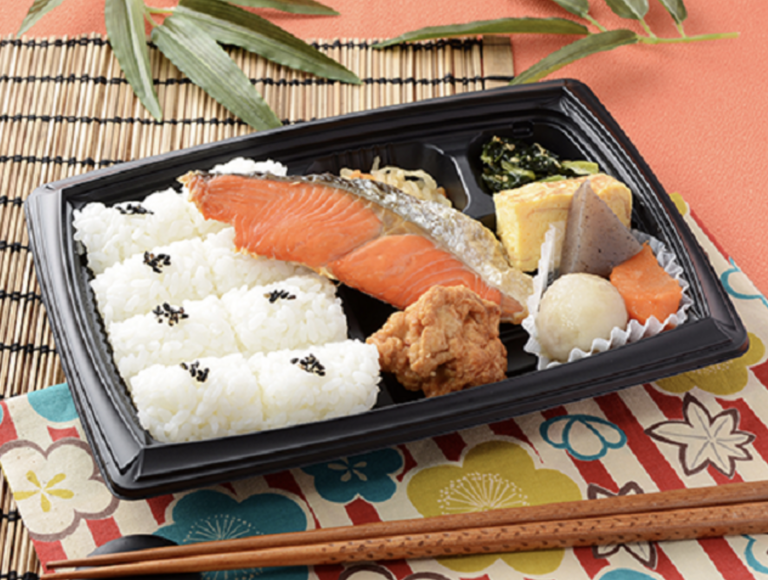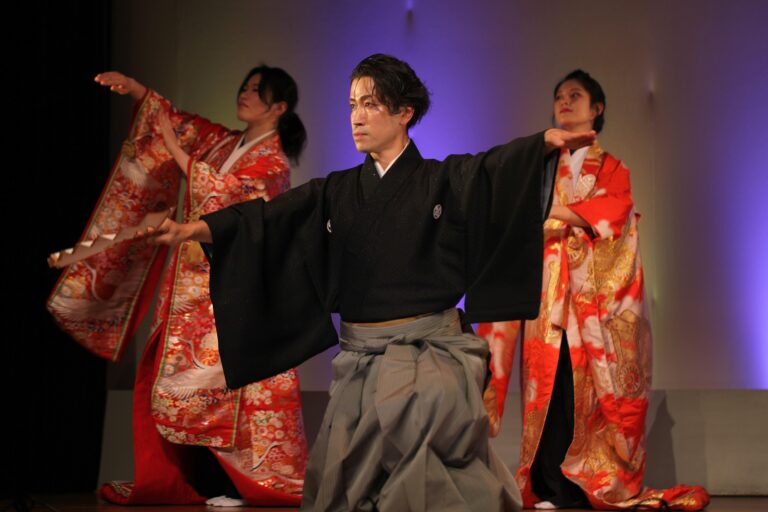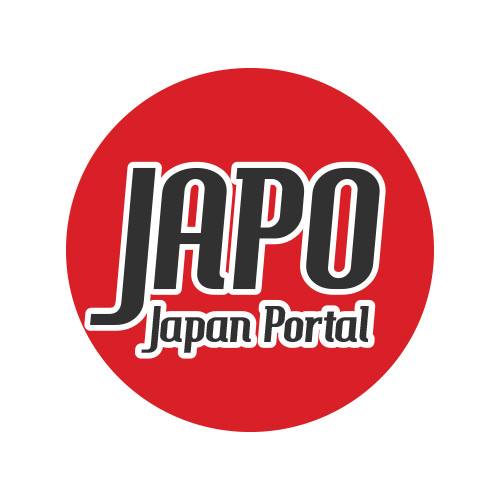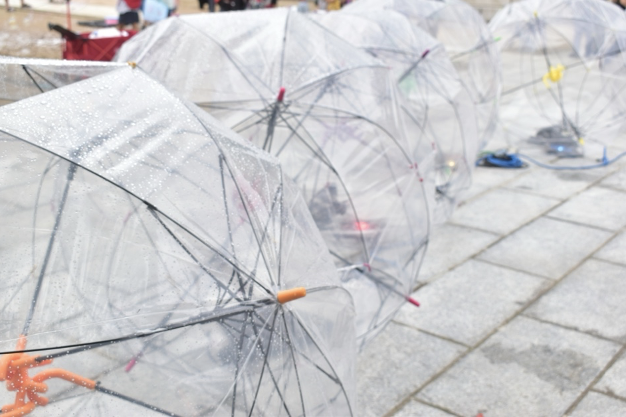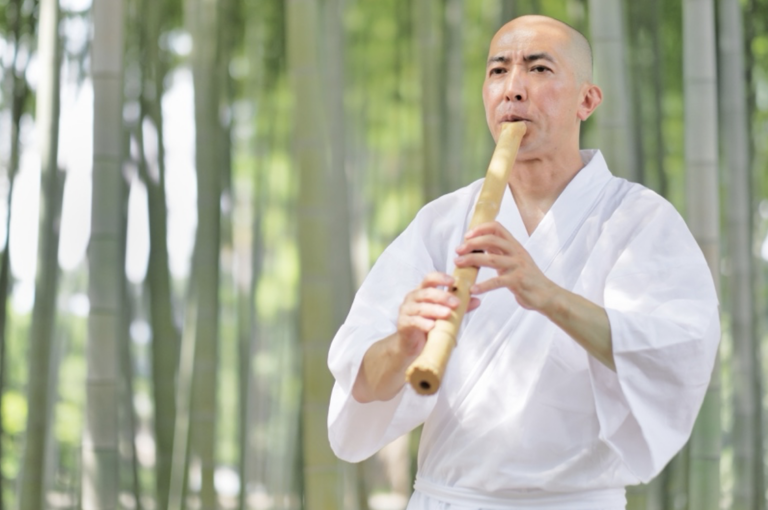The differences between Japan and Western measures against cold weather. Is Japan more efficient?

We’re still experiencing cold weather, but let’s talk about what the differences are between traditional Japan and Western countries when it comes to measures against dealing with the cold.
The Western concept of heating all rooms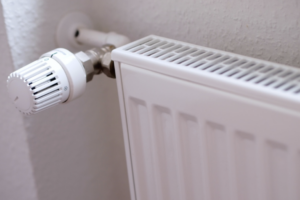
The popular measures against cold weather in Europe and the United States are to heat the entire home, not just rooms. Large fireplaces, heated floors, and hot-water panel heaters are commonplace in the West. Even if it is cold outside, the temperature inside the home is comfortable. This is the Western way. Heating with air conditioners is the same concept.
Heating specific parts is the Japanese way

In this day and age, both air conditioners and floor heating systems are quite widespread, but in Japan, the old idea was to warm only one part of the body. Heating devices have been developed mainly to warm the hands and feet. You may have heard of a table called a “kotatsu”. When you sit under a kokatsu, your whole body isn’t warmed, only your feet and legs, so you have to wear warm clothes on your torso.
There is also a brazier. A brazier is placed inside the home and the charcoal is lit, but unlike heating, the heat is not powerful enough to heat the entire home. It is used to warm up your hands when it is cold.
Why does Japan only warm up some parts?
The reason for this lies in the structure of Japanese houses. In old times, houses had many gaps and were partitioned with shoji screens, which are made of thin paper and not very effective at insulating. Therefore, heating the entire house is not very efficient.
So, are Japanese houses full of gaps and defective? This is not the case. The reason is that Japan is a humid country, and various measures have been taken to prevent humidity indoors. Therefore, it is cooler in the summer. Winter is hell, though.
These days, more and more houses are being sealed because this is not a comfortable way to spend the winter. This is a Western idea of housing; however, this is a big problem in Japan. The humidity does not decrease, and the life of the house is shortened.
Japan has old houses called “minka”, and many of them are more than 100 years old. Some were built more than 1,000 years ago.
However, modern houses are said to have a life expectancy of only about 30 years. This is due to the sealing issue I mentioned above. It means that Western-style houses are not suited to the Japanese climate.
However, it is hellishly cold in an old house in winter.
It will be interesting to see how the Japanese, who tend to remodel everything, will improve their houses in the future.
ABE KENGO


